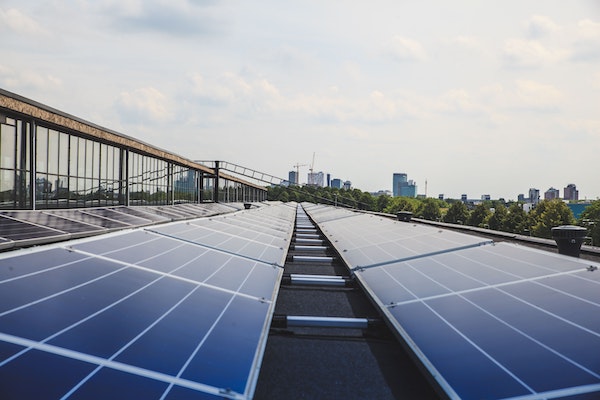Next Steps to Implement the Inflation Reduction Act
Governments around the world are racing to deal with soaring inflation. Natural gas prices were already on the rise as economies emerged from their coronavirus lockdowns, pushing up demand, but sanctions stemming from Russia’s invasion of Ukraine and the slowdown in domestic production have squeezed supply, sedning international gas markets into turmoil.
Combined with rising energy prices, the lack of grain being exported from both Ukraine and Russia has had a domino effect, forcing up the cost of everything, from food to transportation; whether household or business, everyone is feeling the squeeze.

Here, in the United States, the centerpiece of President Joe Biden’s attempts to tackle rising prices is his Inflation Reduction Act (IRA), passed by Congress in August 2022. The headline figures were eye-catching: $369 billion invested in energy security and tackling climate change; energy bills cut by between $500 and $1,000 each year; and carbon emissions down 40 percent by 2030. The energy industry is still coming to terms with the scale of the ambition and investment committed.
Underpinning those ambitions are investments covering a wide range of green technologies, from rebates for families to install heat pumps and tax credits to erect solar panels, to incentivizing the purchase of electric vehicles (EVs). Businesses, communities, and homes are set to receive support to install 950 million solar panels, 120,000 wind turbines, and 2,300 grid-scale battery plants before the end of the decade.
The biggest challenge will be connecting all of these renewable assets to the grid, which will involve massive investments to update wires and substations to where they can accept the additional power without breaking down. The answer? Linking energy to data.
Roof-mounted solar panels, EV charging points, and grid-scale batteries are all examples of distributed energy resources (DERs) – devices that are connected to the local distribution network, rather than the national transmission network. A helpful way to picture this is looking at the transmission network as the trunk of a tree, with the distribution grid as itsbranches.
Distribution networks are already under pressure; there are long waits to connect solar arrays or wind farms to the grid. Upgrading the network to increase capacity is an expensive and time-consuming process.

That’s where data can work its magic. Specialist software – called a distributed energy resources management system (DERMS) – can use data from sensors around the grid to help balance supply and demand. This identifies where there is capacity within the existing infrastructure to connect DERs, like wind turbines, solar panels, or grid-scale batteries.
If the U.S. is going to reap the benefits from the IRA, then distribution network operators will need to invest in DERMS in order to maximize the use of their existing infrastructure. The alternative is to spend vast amounts of money erecting transmission and distribution lines, building substations, and buying transformers in order to cope with rising demand for connections. By not adopting these state-of-the-art digital solutions, the entire renewables industry risks significant delays for customers wanting to switch to electric vehicles, heating, cooling, and powering their homes and businesses.
Undoubtedly, new infrastructure will be needed as we approach 2030. However, the more immediate goal is making the most of the equipment that we already have so that we are able to implement the IRA in the most cost-effective way possible. DERMS holds the key to unlocking the potential of the legislation, and unleashing cost savings for homes and businesses throughout the nation.
 Dr. Graham Ault is Executive Vice-President of Smarter Grid Solutions, an energy software company with an end-to-end approach to DERMS to deliver net zero energy systems.
Dr. Graham Ault is Executive Vice-President of Smarter Grid Solutions, an energy software company with an end-to-end approach to DERMS to deliver net zero energy systems.
Smarter Grid Solutions | www.smartergridsolutions.com
Author: Dr. Graham Ault








